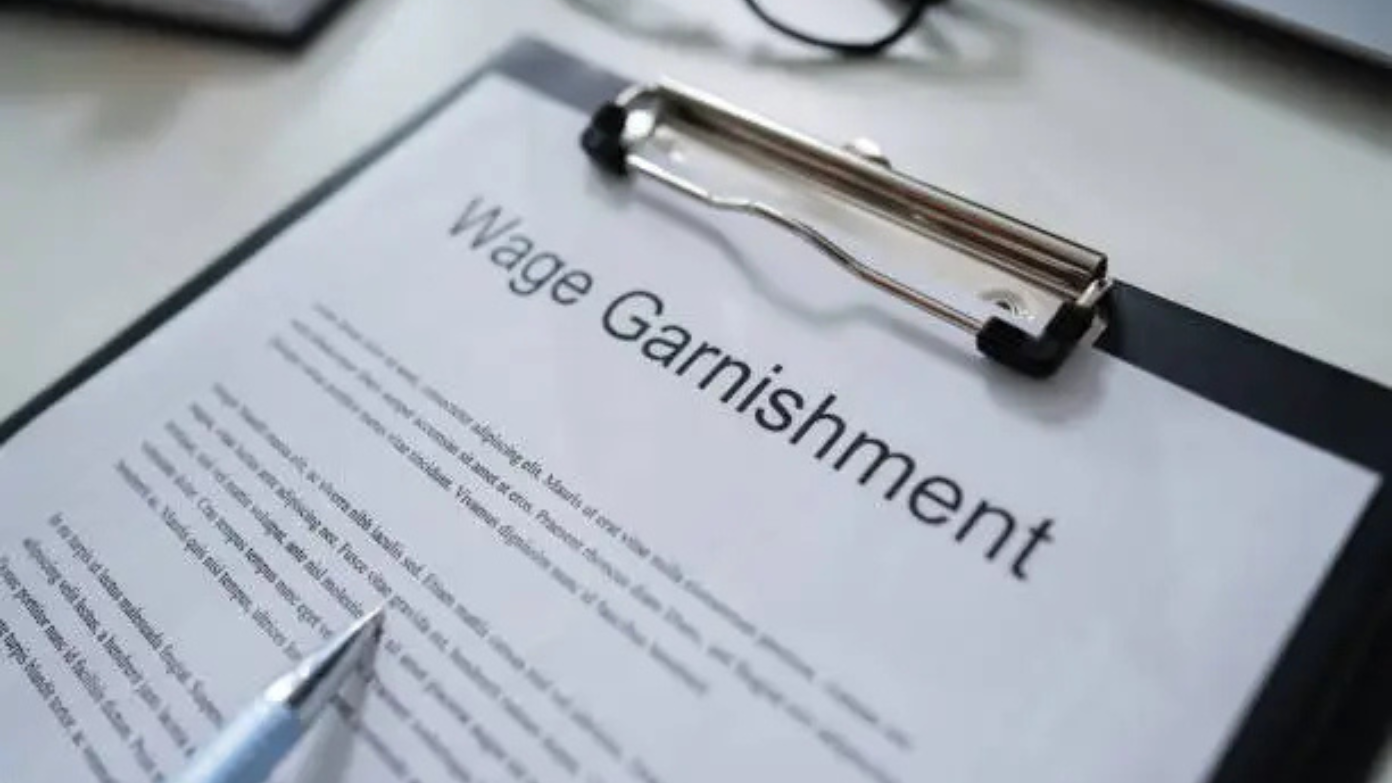Administrative Wage Garnishment (AWG) is a federal debt collection method employed by federal agencies for recovering delinquent non-tax debts from individuals. Federal agencies are authorized to control employers to garnish a part of an employee’s disposable income without seeking court action in the case of AWG. AWG is controlled by federal legislation, which is 31 U.S.C. § 3720D and the implementing rules at 31 CFR § 285.11.
Background and aim of AWG
AWG was intended to facilitate easier collection of federal government debts. It has been utilized in other debts such as benefits overpayments, student loans, and other debts that are non-tax. Such debts may be collected by state agencies as well but need not change their pay cycles to enable federal garnishment orders.
How AWG works
AWG process commences when the federal agency targets a debtor and finds AWG to be suited. The agency is required to provide a notice in writing to the debtor a minimum of 30 days in advance of requesting garnishment with the debt stated, intention of garnishing wages, and the rights of the debtor. The debtor has the right to request a hearing to contest debt or suggest another payment plan in 15 working days from notice receipt.
Federal agencies may garnish a maximum of 15% of an individual’s disposable pay under AWG. Disposable pay is that portion of an employee’s compensation after deducting taxes, health insurance premiums, and other legally mandated withholdings. If a person has multiple garnishments, the total deducted cannot exceed 25% of his or her disposable income.
Prioritizing multiple garnishments
Where the individual has multiple different garnishments, say AWG and student loan garnishment, these typically get equal priority. The garnishments will have to be addressed in order of priority they present to the employer. Even so, it is not permitted to add up to an overall amount that is 25% of disposable income.
Debtors are entitled to certain rights under AWG, including the right to ask for a hearing to dispute the debt or debt level. Debtors can offer a payment plan in order to prevent garnishment. Employers cannot terminate or discriminate against employees whose wages are being garnished.
Employer responsibilities
Employers must comply with AWG orders through the validation of the employee’s employment status, completion of required forms, and withholding the amount in question from the employee’s wages. They must continue making these withholdings until they are ordered to stop doing so by the federal agency or its collection agents.
Administrative Wage Garnishment is a strong instrument that federal agencies use to recover debt without relying on the courts. Though it is a heavy financial load for debtors, it has restraints against undue hardship and to provide equity. AWG should be known to employers and those who face federal obligations to debt.

